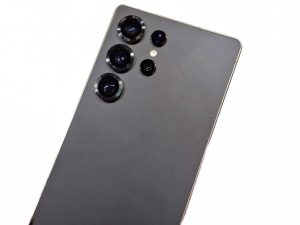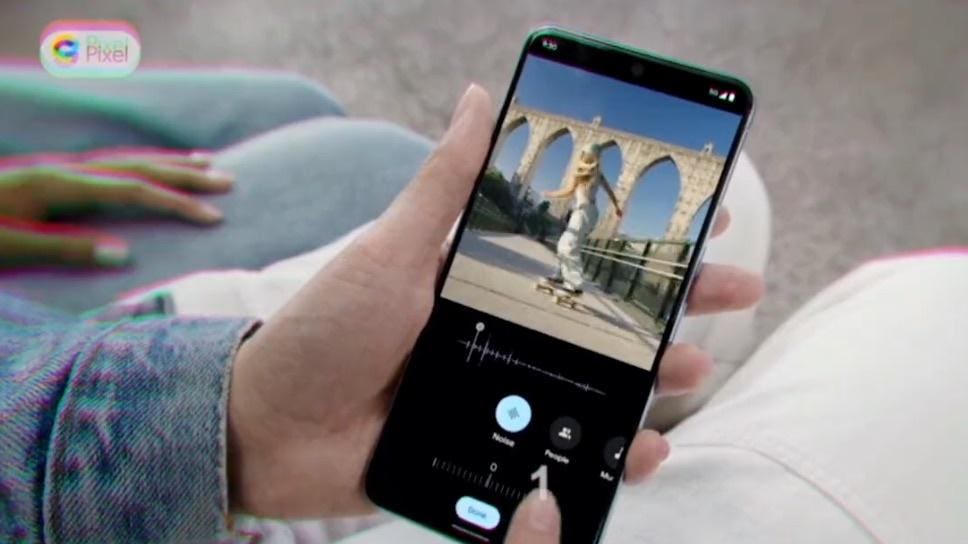Google will launch the new range of Pixel smartphones and peripherals this week. The Pixel 8 Pro is expected to set an impressive mark for the Pixel brand and the wider Android smartphone market. Yes, Google wants the phone to sell, but there’s more to these mobiles than market share.
It all starts with making the proverbial “damn fine smartphone” because, without that, nobody will give Google the time of day.
The Pixel line has been through several design iterations, with the current hardware deriving from the Pixel 6. Yet the real change has been Google switching away from the various Qualcomm Snapdragon system-on-chips to its own design. The Tensor chipset has been tailored away from outright performance towards supporting computational routines – notably for AI and Machine Learning – to happen on the device rather than be passed over to the cloud.
There are only a handful of system-on-chip companies in the ecosystem. With Tensor, Google is signalling where it believes development should be happening. With the launch of the Tensor G3 inside the Pixel 8 and Pixel 8 Pro, and Google expected to lean further into the use of AI and ML in software and demonstrate their benefits to the consumer, those companies will be expected to offer silicon that can deliver similar experiences.
Then there’s Android. The Pixel 8 and Pixel 8 Pro will be the first handsets to launch with Android 14 out of the box; other manufacturers will follow in short order, presumably when the Android Open Source Project’s version 14 has a full release after a number of delays over the last few months.
Android 14 has two key bullet points to watch out for. The first is Google’s decision to extend the support window to a reported seven years. That’s seven years of Android OS updates and security fixes to keep the devices secure. The latter is one of the critical factors in determining the lifespan of the phone – the hardware could hold out for decades, but without security, there’s little practical use.
With consumers considering how long a phone will be useful to them, the Pixel’s seven-year window will be a crowd-pleaser. Google will be hoping that other manufacturers will take notice of the long-term view and extend support windows.
The second is perhaps more subtle, about offering consistency to consumers while retaining flexibility. Over the years, Google has pushed its various “Material UI” iterations across its devices and on stock Android. Depending on how much customisation manufacturers add to their flavours of Android, this can be seen in other handsets or stripped away entirely.
The feeling that something is Android does remain, even as manufacturers retain their individuality.
Where Google will want to find more common ground is in third-party apps. If apps act consistently, they become easier to use in the first instance, integrate better into any handset, and feel more comfortable and rewarding to use. Subtle points like the sharing style sheet’s options to allow developers to customise options in a standard window will be seen throughout the Pixel phones.
The use of hardware to improve AI and ML; a consistent approach across first- and second-party apps from Google and the individual manufacturers; and a long window of support and security updates. The Pixel 8 and Pixel 8 Pro will be seen as consumer-focused machines, but the long-term value is in crystallising Google’s view of mobility across the Android ecosystem.
Now read the latest smartphone headlines in Forbes’ weekly Android news digest…
Read the full article here








